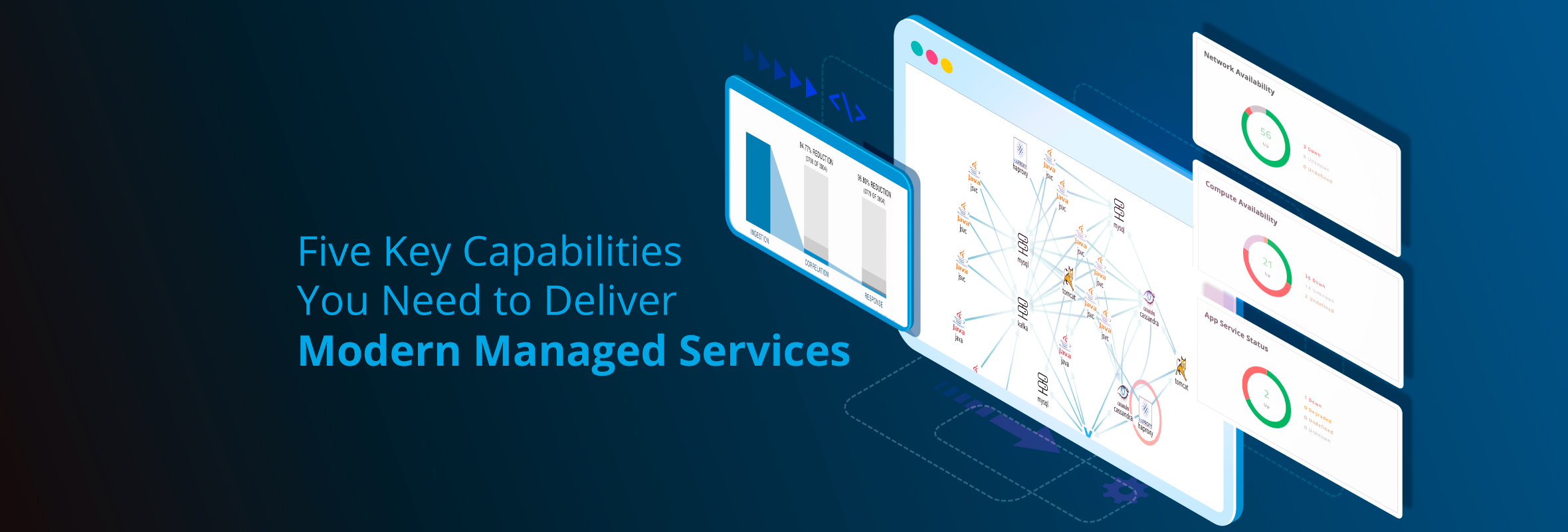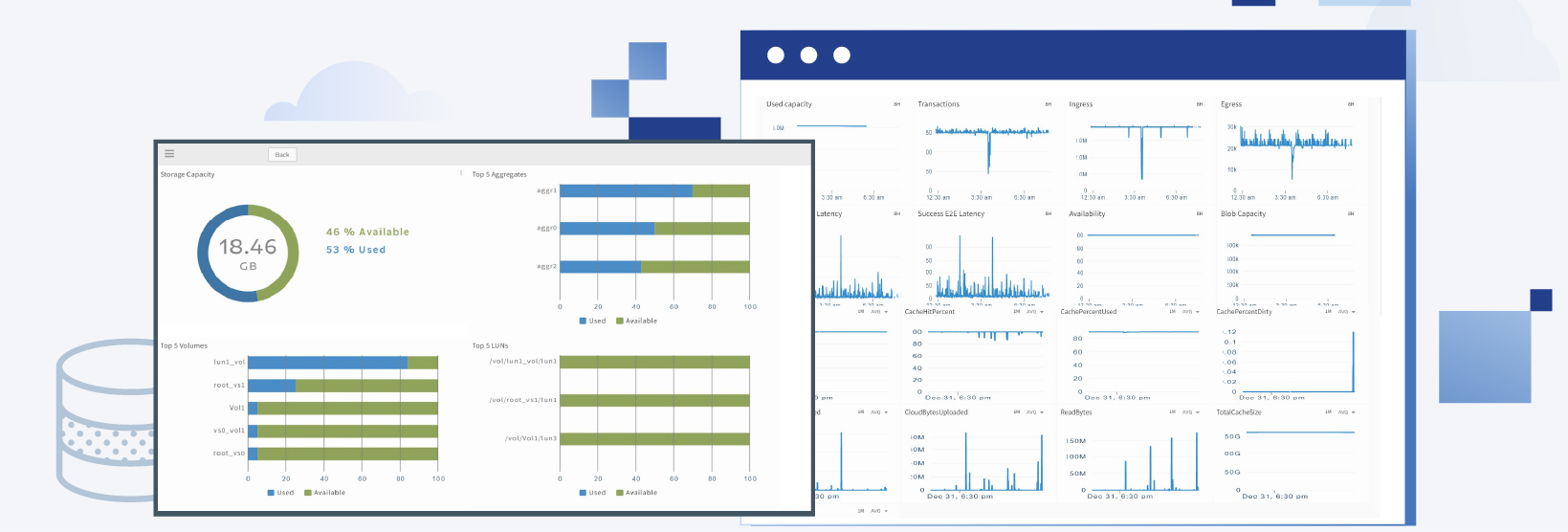Active Directory, Windows Server, Exchange, SharePoint, Lync, SQL Server, and Dynamics are some of the most popular enterprise applications. Microsoft applications are a challenging suite of applications for IT operations because they have the legacy of being designed for client server environments. The reality today is that Microsoft applications are being deployed across many architectures (physical, virtual, private cloud, and public cloud). As we move to virtualization and cloud solutions, the management software that governs and manages the use of these applications hasn't caught up with the idea of hybrid deployment models.
We still have to perform IT lifecycle management activities (asset, inventory, change management, alert resolution, patch management, governance, and runbooks) in line with ITIL best practices. Managing applications originally designed for client server environments in today's diverse deployment environments can pose a challenge.
The line of business expects that IT Operations will define the services and service level agreements that will be delivered when managing Microsoft applications. Once these commitments are made to the business, IT has to monitor and make sure that they are delivering those services. How do you then manage your Microsoft applications and the rest of your physical and virtual IT infrastructure through a single pane of glass?
Application Service Management Is A Cycle
Servers are only half of any Microsoft application. Microsoft applications are typically client-server and the customer's experience is dependent on the entire solution being managed. How we manage the customer's environment (desktop, laptop, and mobile devices) is critical to ensure optimal service delivery. We have do a number of things to ensure that Microsoft applications run correctly and continue to run correctly:
- Backups - Once you get the applications running and services being delivered to the business, you must ensure that you are creating and running regular backups.
- Policies - IT must have application-specific policies enabled for managing major business applications such as Active Directory, Exchange, SharePoint, and Dynamics.
- Storage - Storage is a major driver of costs in the IT function and is critical for service availability.
- Memory - In virtualized environments, you must allocate adequate memory for the virtual machine and the actual Microsoft application for optimal performance.
- Queues - Is mail flowing correctly? Are queries on the SQL Server creating queues?
- Patching - You must ensure that your servers are running secure patches and not susceptible to disruption.
- Audit and Compliance - This allows us to know that the right people are managing your infrastructure.
The challenge here is that to cover all this, there are typically many tools for each environment (desktop management, mobile device management, server management, and virtualization management). IT practitioners end up spending a lot of time integrating data from these various tools so that they have a unified view of what's going on in their infrastructure. How can we avoid managing so many tools so that everyone on the IT team has access to the same levels of information?
Make The Leap To Unified IT Management
The reality is that we will always have more than one set of tools. For example, infrastructure architects and database administrators need specialized tools to get their job done. Application hopping creates costs and lost productivity for IT and makes it harder to see what's really going on. For managing Microsoft applications and the rest of your IT infrastructure, it's important that we get to one source of truth for most of the work that we do. What we need is a tool that can capture the best practices in one tool for critical IT operations such as standardizing runbook processes, enforcing change controls, and documenting knowledge for common issues and problems.
One of the key challenges in a large IT environment is managing the diverse set of applications in the enterprise. OpsRamp is a comprehensive solution for modern IT operations management. OpsRamp centralizes IT operations management so that IT has one source of truth for communicating back to the business. In particular, OpsRamp provides IT administrators a single pane of glass to monitor the performance and availability of your Microsoft applications for better and faster alignment with business requirements:
- OpsRamp employs a rich set of synthetic transactions to measure the health of application components. This gives a higher level of visibility enabling IT to predict and diagnose any issues easily.
- OpsRamp supports monitoring templates that are customized for specific versions of major applications. This helps IT teams support multiple versions of the IT applications for distinct internal teams.
- OpsRamp performs application updates whether they are on-premise, in your private cloud, or on the public cloud, delivering the security and control you need throughout your physical and virtual infrastructure.





